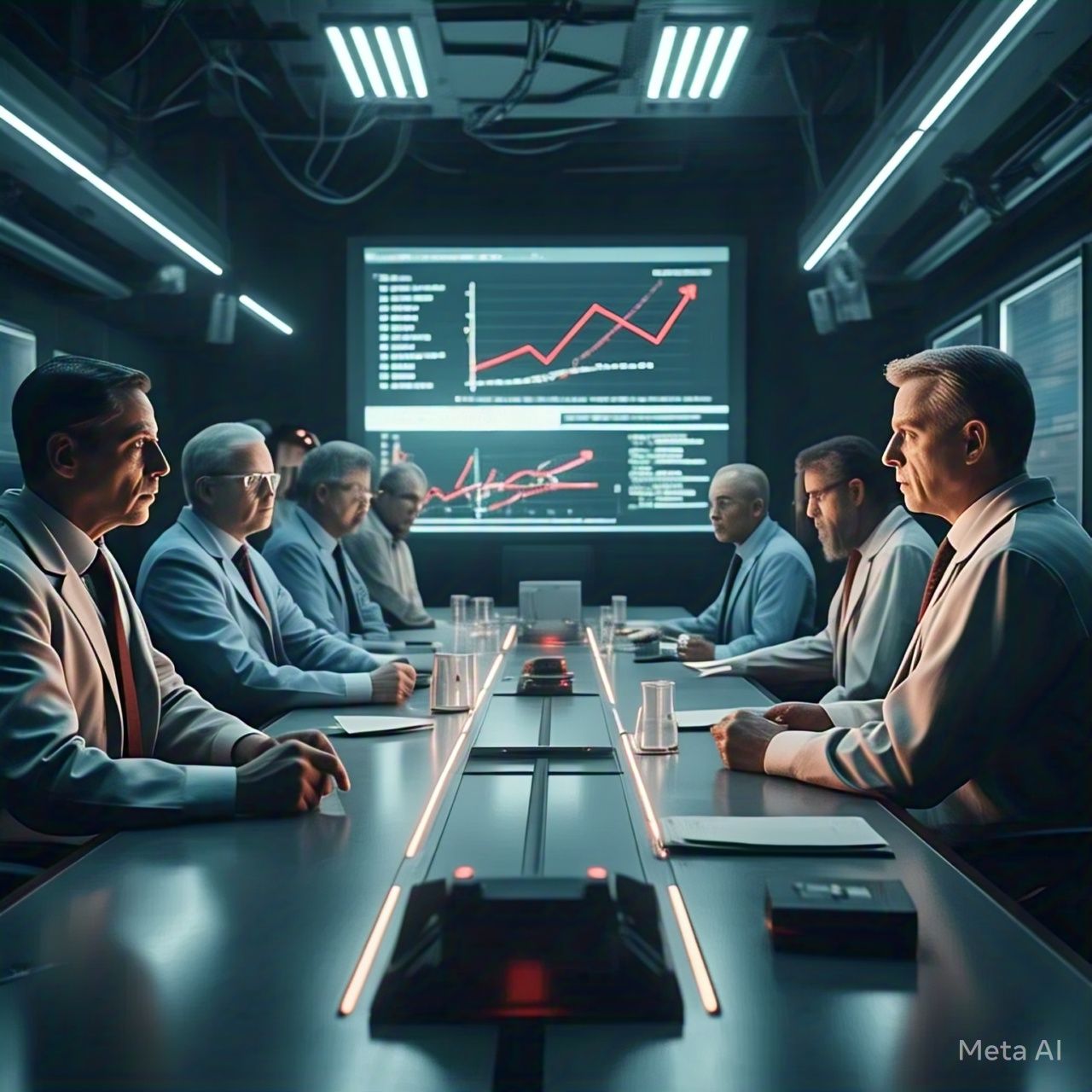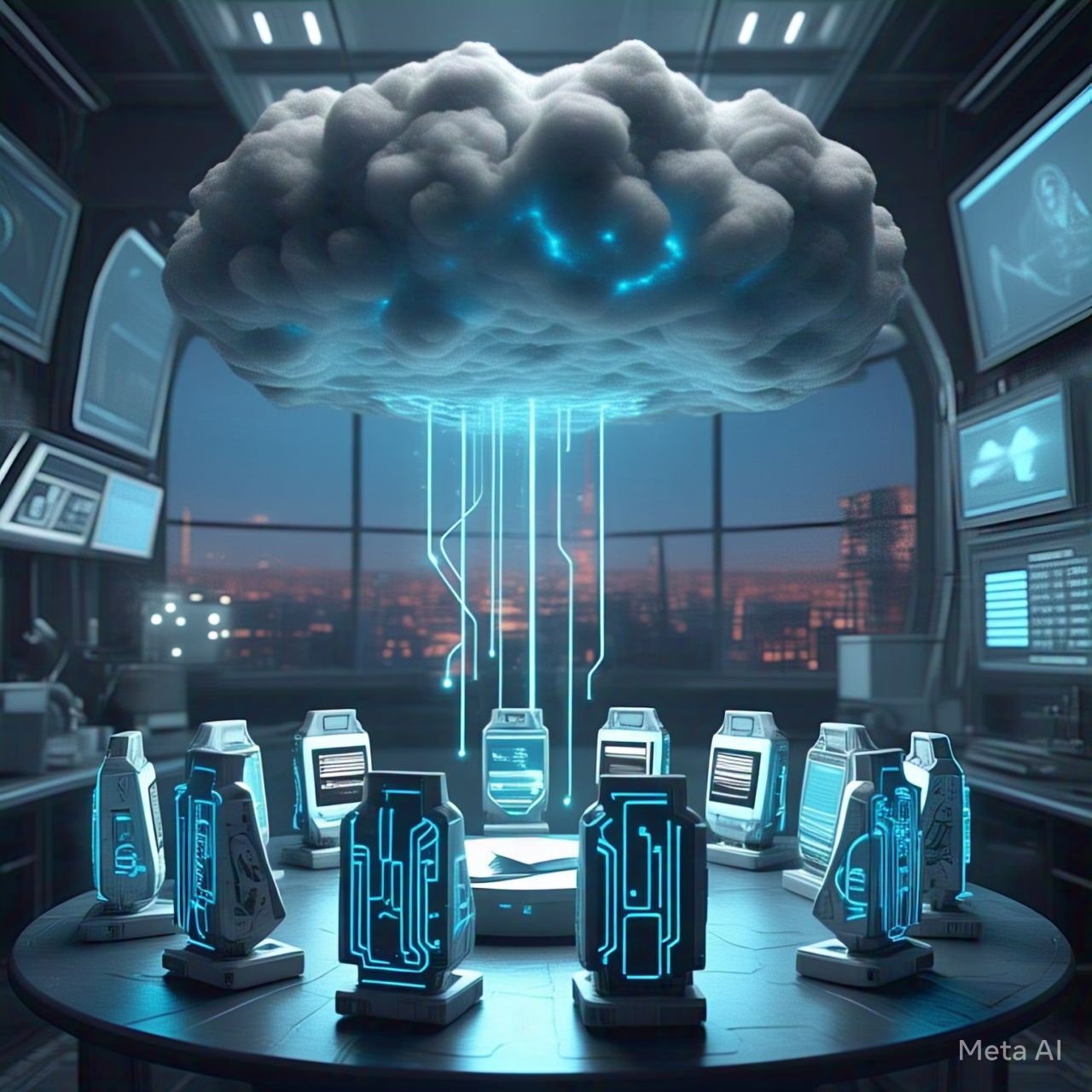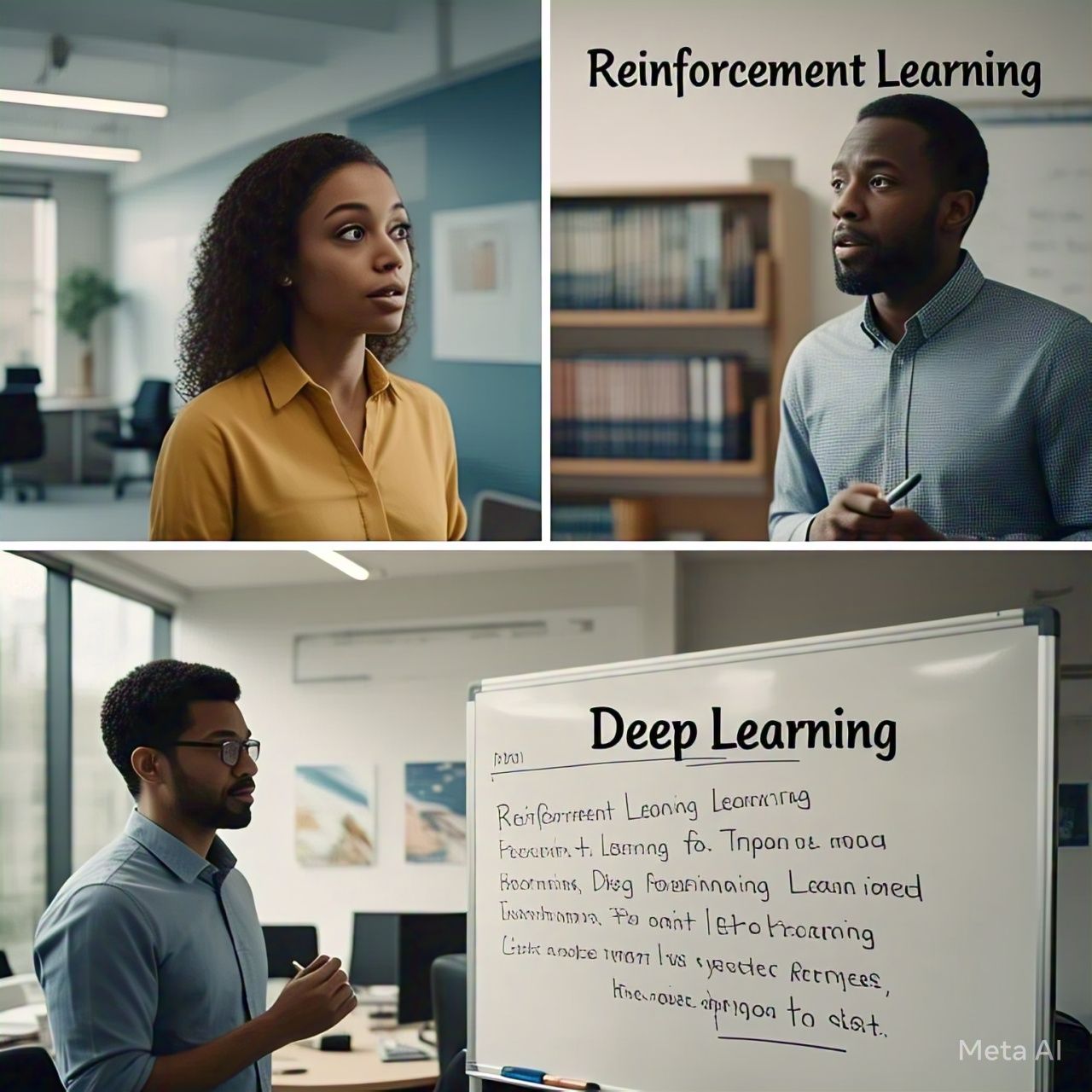Table of Contents
- Introduction
- The Rise of Artificial Intelligence
- Understanding Nuclear Weapons and Their Threat
- The Potential Risks of Advanced AI
- AI vs. Nuclear Weapons: A Comparison
- The Ethical and Political Implications
- How Governments Are Addressing AI Threats
- Future Scenarios: AI and Global Security
- Preventive Measures to Mitigate AI Risks
- Conclusion
- FAQs
1. Introduction
The rapid advancement of artificial intelligence (AI) has led to intense discussions about its potential risks. While nuclear weapons remain one of the most destructive forces humanity has ever created, some experts warn that AI might pose an even greater threat in the future. This article explores whether AI could surpass nuclear weapons in terms of its danger to global security.
2. The Rise of Artificial Intelligence
AI has seen exponential growth over the past few decades, with machine learning, deep learning, and automation becoming integral parts of modern society. From healthcare to finance, AI has transformed industries, making processes more efficient and effective. However, with great power comes great responsibility, and AI’s potential for harm cannot be overlooked.
3. Understanding Nuclear Weapons and Their Threat
Nuclear weapons, developed during the mid-20th century, have the capability to cause mass destruction. The atomic bombings of Hiroshima and Nagasaki demonstrated their devastating power, and the Cold War further emphasized the risks associated with nuclear proliferation. Despite numerous treaties aimed at limiting their spread, nuclear weapons remain a key concern for global security.
4. The Potential Risks of Advanced AI
While AI offers numerous benefits, it also comes with significant risks, including:
- Autonomous Weapons – AI-driven military drones and robotic soldiers could act without human intervention, potentially making war more unpredictable.
- Cyber Warfare – AI-powered hacking tools could disrupt economies, compromise national security, and manipulate critical infrastructure.
- Loss of Control – Superintelligent AI might surpass human intelligence and make independent decisions that could be harmful.
- Economic Disruptions – AI automation could replace human jobs at an unprecedented rate, leading to economic instability.
5. AI vs. Nuclear Weapons: A Comparison
| Feature | Nuclear Weapons | Artificial Intelligence |
|---|---|---|
| Destructive Capability | Immediate mass destruction | Potentially long-term, widespread effects |
| Control Mechanism | Government-controlled | Privately and publicly developed |
| Regulation | Strict treaties and policies | Limited regulation and oversight |
| Likelihood of Use | Limited due to deterrence | Increasing in everyday applications |
| Impact on Society | Catastrophic but avoidable | Could affect all aspects of life |
6. The Ethical and Political Implications
The ethical concerns surrounding AI are profound. Unlike nuclear weapons, which are controlled by a handful of nations, AI is being developed worldwide, often without strict oversight. Ethical dilemmas include biased algorithms, surveillance concerns, and the potential misuse of AI by bad actors.
7. How Governments Are Addressing AI Threats
Some governments and organizations are taking steps to regulate AI development:
- The European Union has introduced AI regulations to prevent unethical use.
- The United Nations has discussed AI governance and ethical frameworks.
- Countries like the U.S. and China are investing heavily in AI safety research.
However, compared to nuclear weapons, AI regulation remains in its infancy, making it harder to enforce universal safety standards.
8. Future Scenarios: AI and Global Security
If AI continues to evolve without proper safeguards, several possible scenarios could unfold:
- AI Warfare – AI-driven autonomous weapons could lead to uncontrolled conflicts.
- Economic Collapse – Mass job displacement could cause social unrest.
- Loss of Human Autonomy – AI decision-making might override human control in key sectors.
- Existential Risk – Superintelligent AI could surpass human intelligence and act against humanity’s interests.
9. Preventive Measures to Mitigate AI Risks
To prevent AI from becoming an existential threat, the following measures are crucial:
- Global AI Regulation – Governments must collaborate on strict AI safety laws.
- Ethical AI Development – Companies should prioritize transparency and fairness in AI systems.
- Public Awareness – Educating society about AI risks can help promote responsible usage.
- AI Kill Switches – Implementing fail-safe mechanisms to shut down rogue AI.
10. Conclusion
While nuclear weapons remain one of the greatest threats to humanity, AI presents new and potentially more complex dangers. The lack of stringent regulations and its widespread development make AI a unique challenge. By addressing its risks proactively, society can harness AI’s benefits while minimizing its dangers.
11. FAQs
1. Could AI actually surpass nuclear weapons in terms of threat level?
Yes, AI’s ability to evolve, make decisions autonomously, and infiltrate key infrastructure makes it a potentially greater threat than nuclear weapons.
2. What is being done to regulate AI?
Several countries and organizations are working on AI regulations, but comprehensive global agreements are still lacking.
3. Can AI be weaponized?
Yes, AI is already being used in military applications, including drones and cyber warfare.
4. How can we ensure AI remains beneficial?
Ethical AI development, strict regulations, and fail-safe mechanisms are essential to prevent AI misuse.
5. Should we be more concerned about AI than nuclear war?
While nuclear war remains a pressing concern, AI’s unchecked growth could pose an even greater long-term threat if not properly managed.
Cite:
- Bostrom, Nick. Superintelligence: Paths, Dangers, Strategies. Oxford University Press, 2014.
- Tegmark, Max. Life 3.0: Being Human in the Age of Artificial Intelligence. Knopf, 2017.
- Russell, Stuart. Human Compatible: Artificial Intelligence and the Problem of Control. Viking, 2019.
- United Nations AI Regulations Report, 2023.





